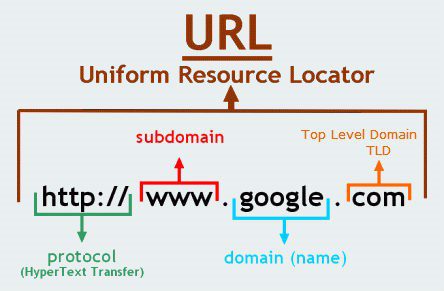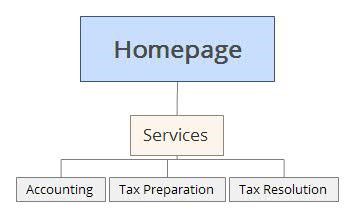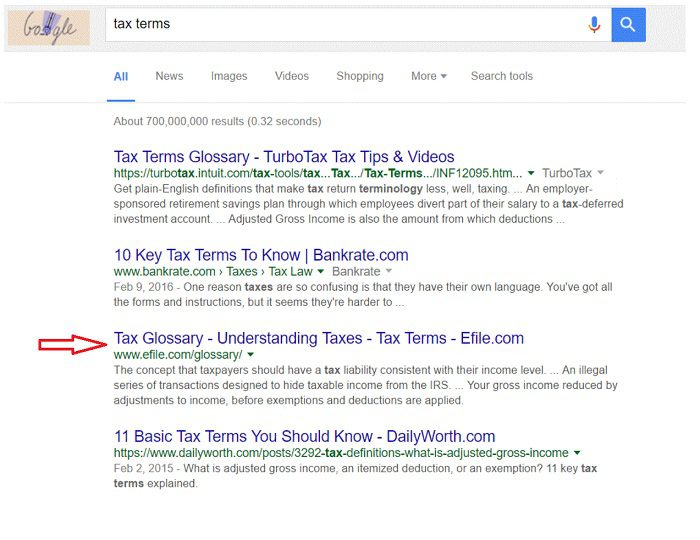Whether you are preparing for a crowdfunding launch or getting ready to start a new business, choosing the domain name for your brand’s website is one of the most important decisions you will make as a business owner. Your website is your digital storefront; your domain name is your bright neon sign.
Thus, deciding on the perfect domain should not be taken lightly. In addition to creating a quality domain name, your subsequent URL structure (also known as the ‘slug’) needs to be spot on in order to yield the best SEO results.
Picking Your Domain Name:
Your domain name is important for a number of reasons. For one, it is synonymous to your brand. Regardless of what name you choose, it must be in sync with your company’s mission and product offering.
If you are planning to create your domain name specifically for the purpose of improving your SEO, keep in mind that the concept of exact and partial match domain names has been trending out for a couple of years. In 2012, Google cracked down on brands using exact match domains for their website. An exact match domain is essentially a website name comprised of only the keywords you are trying to rank for.
For example, let’s say a business is selling vintage wooden chairs. Their exact match domain would look like: http//www.vintagewoodenchairs.com
This is not necessarily a bad URL, it just won’t automatically guarantee a top spot for the search term “vintage wooden chairs”.
Partial match domains also do not necessarily count towards SEO. A partial match domain is a domain name in which a portion is made up of relevant keywords. For example, if a business wants to rank for “wooden furniture”, a partial match domain would look like: http//www.bobswoodenfurniture.com
About a year after the Exact Match Domain Update was released, Google followed up with another update to phase out the positive impacts of partial match domain names as well.
When picking a domain name, be sure it focuses on branding, as your domain name heavily impacts your click-through rate and online recognition. The best way to rank a webpage is still through quality, keyword centered content and great links.
Pick an Appropriate Top Level Domain
The most common extension for a top level domain (TLD) is .com. However, depending on your business, there are other good options to choose. If you are a non-profit or non-commercial business, .org would be an acceptable extension. If you are a tech business or online infrastructure, .net is good extension to use.
Try to shy away from .biz, .us, or .xyz as those are often viewed as spammy and will not give you good results with your intended audience. Unless you are Alphabet (https://abc.xyz/) it will be difficult, but not impossible, to convince users that your TLD is not associated with spam.
If your company wants one of the newer, funky TLDs, we say go for it, but remember that you will have to spend more time on brand recognition and building trust in the eyes of your customers, and the search engines, compared to a traditional and better known TLD.
One consideration to keep in mind is that with the advent of these new TLDs, anyone can register them. So if you own yourbusinessname.com, there is nothing stopping a competitor from purchasing yourbusinessname.net. Consider registering multiple domains and 301’ing your secondary domains to your main website.
Avoid Hyphens and Numbers
Once you register your new domain you’ll probably want to let all your friends, family, and customers know, and the last thing you want is for people to get confused about how to spell it. Your domain can be misleading if there are numbers in the domain, as the user might not know if they need to use the actual number or spell the number out.
Hyphens can also throw users off as they might not know exactly where to place it and hyphens are extremely cumbersome to convey over a phone. It is best to steer clear of both numbers and hyphens to avoid any potential typos.
Short and Sweet
Since two of the biggest search engine ranking factors these days are content and links, a long and convoluted URL almost always is detrimental to digital success. For starters, at first glance a lengthy domain appears untrustworthy and non-user friendly. As with anything in life, first impressions are everything.
Considering this, short and simple domain names are easier to read, remember, and type and are typically what users prefer.
URL Structure:
Creating captivating URLs is beneficial for several reasons. For starters, it is another opportunity for you to convey to the search engines what your content is about, thus increasing their confidence in serving your page for applicable queries.
In the same vein, it will help draw users to your content within the SERPs (search engine results page), as a clear and concise URL illustrates exactly what the user can expect before they click on your link.
For example, can you guess what’s on the other end of these two links? Click each one to see how close your guess is:
http://parentingbeyondbelief.com/blog/?page_id=59
http://www.gifts.com/promocodes
Hopefully you can see the importance of an appropriately named URL. So how does one make the most effective URL? Here are a few things to keep in mind when creating your own:
Work Off Your Domain
When crafting your URL, try to avoid using subdomains. Although subdomains are necessary in some cases, especially with larger websites, try your best to keep everything under one domain and then work off sub-folders.
For example: http://blog.example.com/ vs. http://example.com/blog/
Not only does this give you a slight SEO advantage, it aids in your overall user experience.
Follow a Logical Progression
When the structure of a URL is easy for humans to read and understand, the page will undoubtedly do better within the SERPs. Always remember: user accessibility is key. Make sure your URL structure is simple, engaging to those seeking your content, easy to link to, and follows a natural structure.
For example, consider a tax company that offers several services: http://www.communitytax.com/services/
Some of these services include accounting, tax preparation, and tax resolution:
http://www.communitytax.com/services/accounting/
http://www.communitytax.com/services/tax-preparation/
http://www.communitytax.com/services/tax-resolution/
Notice how each individual service is a logical progression off the root /services/ folder and that the URL is informative and clearly outlines what each page is about:
Focus on Keywords
Even though there isn’t a benefit in using your target keywords within your domain, using keywords strategically in your URLs is still a best practice. When considering a URL, keywords help users on platforms such as email and social media identify what they are looking for when hovering over the link with the cursor, as well as the above noted benefits.
However, it is important to avoid stuffing unnecessary keywords within your URLs because if your URL does not match the information that is on the page, users will ‘bounce back’ to the previous page and ultimately feel mislead, reducing their trust with your brand.
Bounce rates are a ranking factor and a low bounce rate is, in most cases, better for your SEO. The goal is to have users click on your listing and stay on your page because you are providing not only the information that they are looking for, but also the information you are advertising with your URL.
Furthermore, it is important to note that search engines know that many terms have synonyms, and as long as you are consistent with your messaging you should be ok.
Here is an example with something many people have to search around: taxes
For example, using the search query “tax terms” we receive these results:
Match Title Tags to URL Structure
As seen in the above screenshot, notice how the keyword ‘glossary’ appears within both the title tag and the URL. Matching your keywords in these two places is a best SEO practice because title tags and URLs are still two of the top page-level indicators to the search engines as to what your content is about. If your title tags do not match, Google’s crawler will become confused and this will ultimately hurt your rankings.
Exclude the Ugly and Extraneous
Symbols, spaces, and unnecessary strings of letters or numbers within a URL do not look appealing and will not draw the user’s eye. This can make your URL appear as untrustworthy when others go to link to your content, which is a huge user turn off and detrimental to your online success.
Conclusion
At the end of the day, user experience is everything when creating quality domain names and URLs. A good UX leads to more clicks, which will leads to more links, which will ultimately lead to better rankings.
Remember: always put yourself in your users’ shoes when creating your website.
Samuel Wheeler is a digital business consultant for Inseev Interactive. Since graduating from Northwestern in 2012, Sam has worked for fortune 500 companies and small start-ups, focusing on public relations, digital marketing, and search engine optimization. He is also the author of What is Link Juice? a resource for businesses on the benefit of link equity and internal linking. When Sam is not surfing the web, you can find him in the ocean off the coast of San Diego, surfing the waves.





















